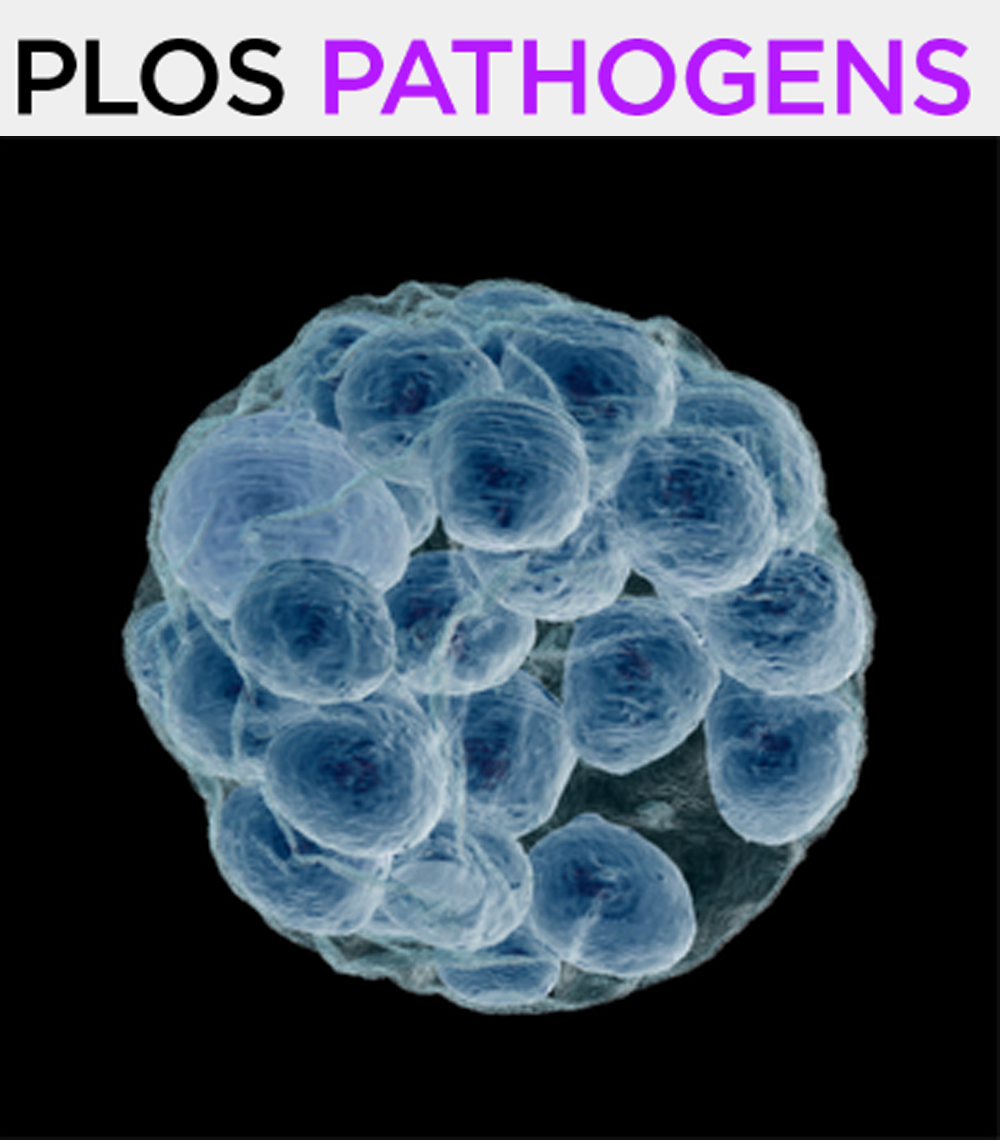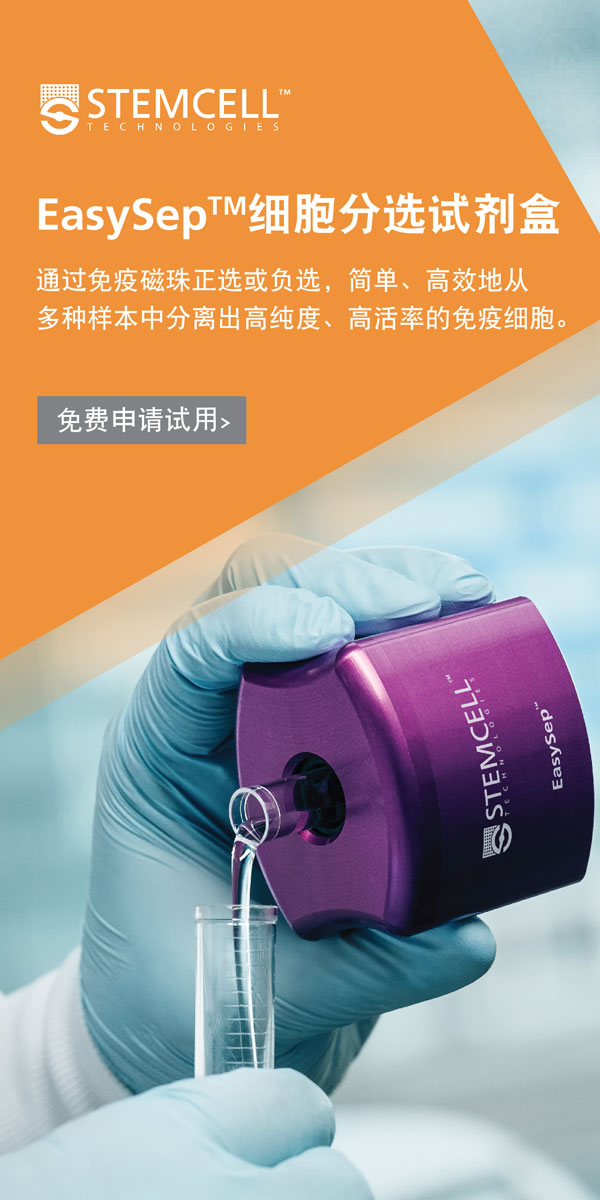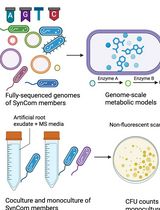- EN - English
- CN - 中文
Pea Aphid Rearing, Bacterial Infection and Hemocyte Phagocytosis Assay
豌豆蚜虫饲养、细菌感染及血细胞吞噬功能测定
发布: 2020年12月20日第10卷第24期 DOI: 10.21769/BioProtoc.3862 浏览次数: 3362
评审: Andrea PuharSveta ChakrabartiAnonymous reviewer(s)

相关实验方案
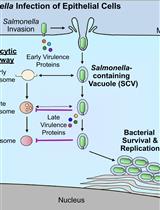
细菌病原体介导的宿主向溶酶体运输的抑制:基于荧光显微镜的DQ-Red BSA分析
Mădălina Mocăniță [...] Vanessa M. D'Costa
2024年03月05日 2845 阅读
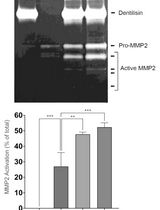
通过制备连续聚丙烯酰胺凝胶电泳和凝胶酶谱分析法纯化来自梭状龋齿螺旋体的天然Dentilisin复合物及其功能分析
Pachiyappan Kamarajan [...] Yvonne L. Kapila
2024年04月05日 2003 阅读
Abstract
Insects rely on the simple but effective innate immune system to combat infection. Cellular and humoral responses are interconnected and synergistic in insects’ innate immune system. Phagocytosis is one major cellular response. It is difficult to collect clean hemolymph from the small insect like pea aphid. Here, we provide a practicable method for small insects hemocyte phagocytosis assay by taking pea aphid as an example. Furthermore, we provide the protocols for pea aphid rearing and bacterial infection, which offer referential method for related research.
Keywords: Immune (免疫的)Background
Phagocytosis, defined as the cellular uptake of particles bigger than 0.5 μm through formation of a membrane derived phagosome, is an ancient and evolutionarily conserved mechanism of insects cellular response (Lemaitre and Hoffmann, 2007; Melcarne et al., 2019a and 2019b). Phagocytosis is mediated by phagocytes, the dedicated cells, which can digest both “altered-self” particles and pathogens (Hillyer and Strand, 2014; Melcarne et al., 2019b). The phagocytes can be not only circulating hemocytes in hemocoel but also sessile hemocytes on tissues (Hillyer and Strand, 2014; Hillyer, 2016; Sigle and Hillyer, 2016). When pathogens enter hemocoel of insects, the phagocytes rapidly phagocytose pathogens and phagocytosis generally finishes in hours (Hillyer et al., 2003; King and Hillyer, 2012; Sigle and Hillyer, 2016).
There are mainly four different methods to perform hemocyte phagocytosis assay:
In vivo phagocytosis: (1) The insects are injected with fluorescently labeled latex beads or fluorescein-labeled dead bacteria. After incubation, trypan blue is injected to quench extracellular fluorescence. Then, the fluorescence is detected on a fluorescence microscope and the fluorescence intensity from dorsal vessel-associated hemocytes is quantified. The detailed methods were described in literature (Elrod-Erickson et al., 2000; Gonzalez et al., 2013; Garg and Wu, 2014; Nazario-Toole et al., 2018). For some insects, the fluorescent background in the hemolymph and tissues are strong and this may influence the results. (2) The insects are injected with fluorescently labeled latex beads or fluorescein-labeled bacteria. After incubation, the hemocytes are collected by ripping the larval in PBS solution containing trypan blue to quench extracellular fluorescence. The hemocytes are transferred and attached to a glass slide, and then the cells are fixed with formaldehyde. The phagocytosis is observed under microscope and the fluorescence intensity is quantified. The details were described previously (Kocks et al., 2005; Hao et al., 2018). For some insects, such as pea aphid, when inject bacteria into the body cavity, a lot of bacteria are centralized around the wound. Therefore, in vivo phagocytosis is not suitable for these insects.
Ex vivo phagocytosis: (1) After collected in insect medium in low binding tubes, hemocytes are mixed with fluorescein-labeled bacteria. Samples are incubated to enable phagocytosis, and then placed on ice to stop the process. Phagocytosis is quantified using a flow cytometer after quenching fluorescence of extracellular particles. The detailed method is described as previously (Melcarne et al., 2019b). (2) Drops of hemolymph are collected into insect medium and then mixed well with fluorescein-labeled bacteria. The samples are transferred to tissue culture round coverslips in a cell culture plate. After settled and adhered to the coverslips, the cells are fixed with paraformaldehyde. Then, F-actin of cells is stained with Phalloidin after permeabilized with Triton-100. Phagocytosis is observed under a laser scanning confocal microscope. The details of hemolymph collection and phagocytosis methods were described before (Schmitz et al., 2012; Ma et al., 2020).
The second method of ex vivo phagocytosis overcomes the difficulty due to small size of some insects for clean hemolymph collection. An accurate assay was described as previously: the fluorescence intensity in phagocytosing hemocytes is calculated and phagocytic index is represented as the capacity of hemocytes (Melcarne et al., 2019b). Combining these advantages, we provide a practicable method for pea aphid hemocyte phagocytosis assay in this study. Meanwhile, we provide protocols for pea aphid rearing and bacterial infection, which offer referential methods for related research.
Materials and Reagents
Test tubes (Kangsheng Medical Glass Factory, Kangsheng, catalog number: GT-16125 ), diameter x length: 16 mm x 125 mm; Volume: 18 ml
Conical flasks (Sichuan Glass Factory, Fuhai, catalog number: ZXP-250 ), volume: 250 ml
Soil matrix (Shandong Luhao Agricultural Science and Technology co., Itd, Luhao), volume: 50 L
Seedling pots, diameter: 13 cm (purchased from a local supermarket)
Capillaries (Drummond, catalog number: 3-000-203-G/X )
Centrifuge tubes 50 ml (KIRGEN, catalog number: KG2821 ); 1.5 ml (Axygen, catalog number: MCT-150-C )
Sterile Petri dishes (Biofound, catalog number: FM-90-G )
48-well cell culture plates (Corning, Costar, catalog number: 3548 )
Tissue culture-treated round coverslips (8 mm diameter) (Solarbio, catalog number: YA0353-100 )
Broad bean (Vicia faba) seeds (purchased from local farmers market)
A. pisum strain (originally collected from Yunnan, China and maintained in the lab of Prof. Zhiqiang Lu at Northwest A&F University)
Gram-negative bacteria Pseudomonas aeruginosa (PAO1, from Dr. Xihui Shen at Northwest A&F University); Gram-positive bacteria Micrococcus luteus (Kept in the lab of Prof. Zhiqiang Lu at Northwest A&F University)
NaCl (Guangdong Guanghua Sci-tech Co., Ltd, Huada, catalog number: 1.01307.040 )
Yeast extract (Oxoid, catalog number: LP0021 )
Tryptone (Oxoid, catalog number: LP0042 )
Phosphate-Buffered Saline (PBS) (Thermo Fisher, catalog number: 10010023 )
Agar power (Solarbio, catalog number: 9002-18-0 )
Grace’s medium (Sigma-Aldrich, catalog number: S0146 )
Phenylthiourea (Sigma-Aldrich, catalog number: P7629 )
Heat-inactivated fetal bovine serum (Biological Industries, catalog number: 04-011-1A )
Escherichia coli (K-12) and Staphylococcus aureus Alexa Fluor 594 BioParticles (Invitrogen, catalog numbers: E23370 and S23372 )
4% paraformaldehyde (Solarbio, catalog number: P1110 )
SF488 Phalloidin (Solarbio, catalog number: CA1646 )
Anti-fading reagent (Solarbio, catalog number: S2100 )
Triton X-100 (Sigma-Aldrich, catalog number: T8787 )
Luria-Bertani liquid medium (see Recipes)
Luria-Bertani agar medium (see Recipes)
0.85% NaCl solution (see Recipes)
Hemolymph collection medium (see Recipes)
Equipment
Dissecting forceps (ideal-tek, catalog number: 5.SA)
Growth chamber (Ningbo Jiangnan Instrument Factory, model: GXZ-500B)
Ultra-cold storage freezer (Whirlpool Corporation, Sanyo, model: 09S338)
Ice machine (Scotsman ice systems Co., Ltd., Scotsman, model: MF36)
Laminar flow cabinet (Shiheng Instrument Equipment Co., LTD., Dinco, model: SW-CJ-2F)
Incubator (Taicang Experimental Equipment Factory, Peiying, model: HZQ-F100)
Eppendorf Biophotometer (Eppendorf, catalog number: 6133000044)
Laser scanning confocal microscope (Olympus, model: FV3000)
Software
ImageJ (NIH, Bethesda, MD, USA)
GraphPad Prism 5.0 (GraphPad, Inc., La Jolla, CA, USA)
Procedure
文章信息
版权信息
© 2020 The Authors; exclusive licensee Bio-protocol LLC.
如何引用
Ma, L., Liu, L. and Lu, Z. (2020). Pea Aphid Rearing, Bacterial Infection and Hemocyte Phagocytosis Assay. Bio-protocol 10(24): e3862. DOI: 10.21769/BioProtoc.3862.
分类
免疫学 > 动物模型 > 其它
微生物学 > 微生物-宿主相互作用 > 细菌
细胞生物学 > 模式生物培养 > 保存
您对这篇实验方法有问题吗?
在此处发布您的问题,我们将邀请本文作者来回答。同时,我们会将您的问题发布到Bio-protocol Exchange,以便寻求社区成员的帮助。
Share
Bluesky
X
Copy link



